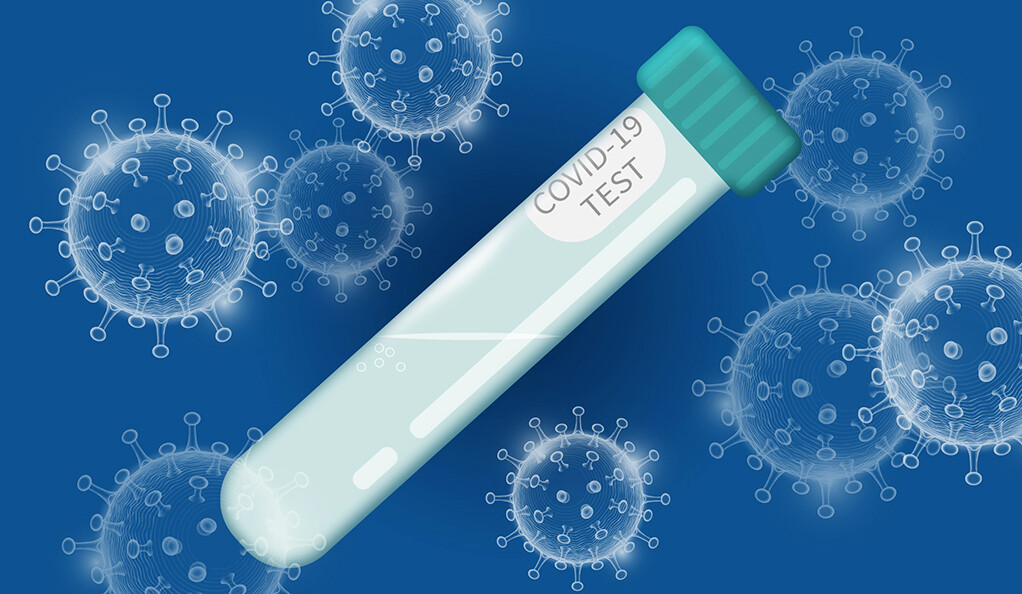
Yale News
In a paper published in Emerging Infectious Diseases this month, Yale researchers presented their study supporting the expansion of SARS-CoV-2 testing capacity by pooling saliva samples.
Led by graduate student Annie Watkins SPH ’21 and Associate Research Scientist in Epidemiology Anne Wyllie, researchers at the Yale School of Public Health analyzed the sensitivity of different numbers of saliva samples pooled together and found that although test sensitivity decreases, the pooled method may provide a more cost-effective method for SARS-CoV-2 testing. When conducting pooled testing, a negative result for an entire pool would indicate that all samples were below the limit of detection, but a positive result for the pool would lead to individual retesting of all samples, according to the paper.
“The main reason why we’re interested in this research is to get kids back to school,” Watkins said. “Pooling samples provides a more cost-effective option for screening so that schools can monitor students while bringing them back without too much of a financial burden.”
Throughout the pandemic, the use of nasopharyngeal swabs as the standard testing method has presented both a logistical barrier — as they must be collected by trained personnel — but also a supply chain issue, since testing reagents and swabs are in low supply in certain areas.
SalivaDirect, a set of open-source testing protocols developed at the School of Public Health which was issued an Emergency Use Authorization from the U.S. Food and Drug Administration on Aug. 15 of last year, completely circumvents the complications of using nasopharyngeal swabs. Instead, it applies the RT-qPCR technique to saliva samples, driving down costs and decreasing stress on supply chains.
In their research, Watkins’s team sought to go one step further in decreasing the cost of testing — pooling saliva samples in order to test multiple people simultaneously.
“Pooling is essential,” Wyllie said. “We need to find ways to do mass testing that is affordable and can be widely accessible. Pooling is a natural strategy to bring test prices down and to test more samples overall.”
In the paper, the researchers used saliva collected from COVID-19 inpatients and at-risk healthcare workers at Yale New Haven Hospital. They then analyzed the saliva samples in pools of three different sizes — five, 10 and 20 samples per pool.
They discovered that detection sensitivity, a test’s ability to designate an individual with disease as positive, decreased as pool size increased. With the pools of five samples, the sensitivity was reduced by 7.4 percent, as compared to testing on an individual sample. For 20-sample pools, there was a 14.8 percent reduction in this value. However, decreased sensitivity is expected with pooling samples, and the researchers concluded that this level of sensitivity could still be effective for accurate, large-scale screening of SARS-CoV-2.
“Even though we might get a drop in sensitivity with pooling, depending on the prevalence in the particular environment in the particular population, it will still end up being a lot cheaper and very beneficial,” Postdoctoral Research Associate at the School of Public Health Orchid Allicock said. “As a preliminary study, it is excellent.”
The researchers also pointed out that the lower per-person cost of pooled testing may allow for more frequent testing, and thus a lower probability of two repeated false-negative results for any one person. In this way, pooling samples can be even more effective than individual testing, according to the study.
Mirimus, a lab working with SalivaDirect as a testing partner, has already implemented pooled testing in some primary schools through a three-stage method they call SalivaClear.
According to Mirimus’s website, the first stage of the process involves monitoring the population by pooling up to 24 samples. Second, the lab detects hotspots and tests in smaller subpools of two samples to isolate the infection. Third, the lab performs individual tests to identify the infected individual.
In the future, Watkins hopes to analyze the implementation of pooled testing to see if it actually helps communities reduce costs while adequately screening the members of the community. In doing so, researchers will be able to see the effects of pooled testing with a larger sample size than in their studies.
As of Monday, there have been a total of 31,484,148 COVID-19 cases in the United States, according to the Centers for Disease Control and Prevention.
Veronica Lee | veronica.lee@yale.edu







